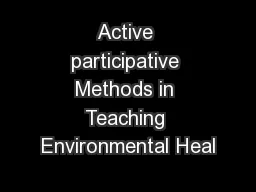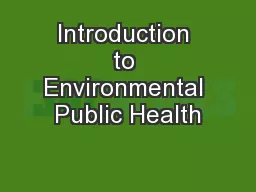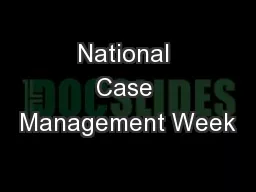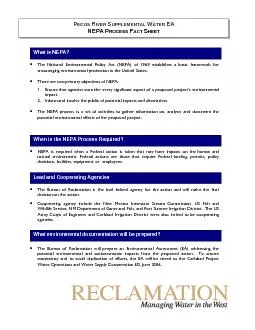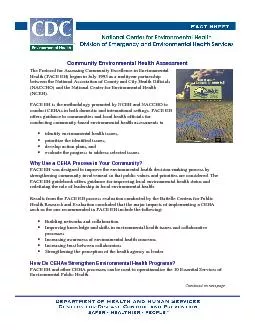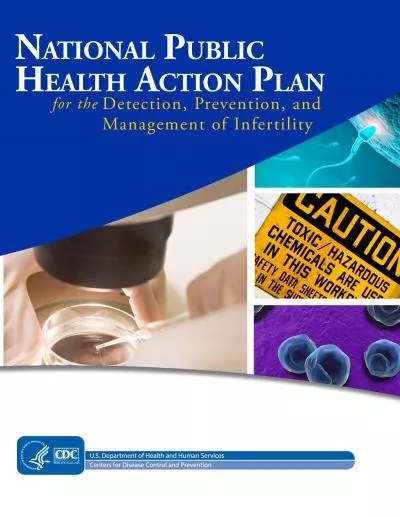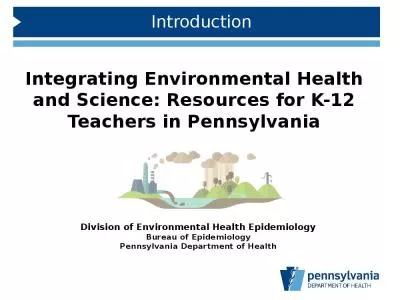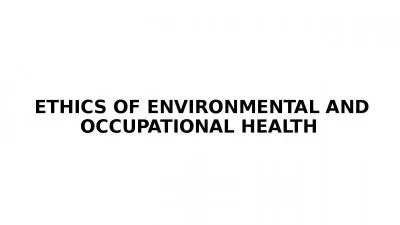PDF-National Environmental Public Health Tracking Week
Author : elyana | Published Date : 2021-10-02
1Keeping Cool and Staying Healthy During Extreme HeatExtreme heat events are one of the most common causesof weatherrelated deaths in the United StatesAnd the number
Presentation Embed Code
Download Presentation
Download Presentation The PPT/PDF document "National Environmental Public Health Tra..." is the property of its rightful owner. Permission is granted to download and print the materials on this website for personal, non-commercial use only, and to display it on your personal computer provided you do not modify the materials and that you retain all copyright notices contained in the materials. By downloading content from our website, you accept the terms of this agreement.
National Environmental Public Health Tracking Week: Transcript
Download Rules Of Document
"National Environmental Public Health Tracking Week"The content belongs to its owner. You may download and print it for personal use, without modification, and keep all copyright notices. By downloading, you agree to these terms.
Related Documents


